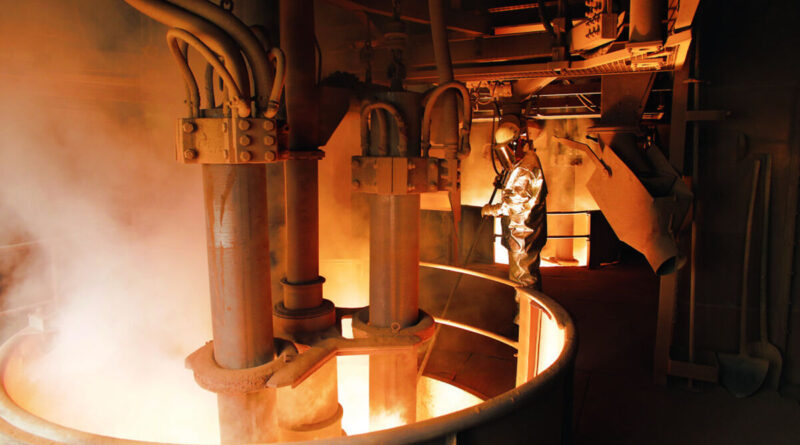What is ‘green’ smelting?
Green smelting means using improved technology and processes to reduce:
- sulphur and nitrogen oxide (SOx and NOx) emissions, which can cause acid rain
- the release of metals directly to air and water as waste
- CO2 emissions created through process operations or electricity consumption.
The first step in base smelting is the removal of sulphur from the raw materials in the form of sulphur dioxide, which can be captured to make sulphuric acid. The development of acid plant technology means SOx emissions from most smelters today are in the order of parts per million. The industry can go further by adopting scrubber technology, but this is only likely to happen if emission limits are tightened. The same logic applies to NOx emissions.
In the case of CO2 and greenhouse gas (GHG) emissions, tackling direct (Scope 1) and indirect (Scope 2) emissions will be key.
Scope 1 emissions come typically from using coal, coke, natural gas or oil in the production process. For copper and lead smelters, green hydrogen could theoretically be used instead. For zinc smelting, the issue is with residue treatment where there are two process options. The first employs a pyrometallurgical technique which involves coal or coke, while the second uses hydrometallurgical technology. The latter might seem environmentally preferable, but it creates a hazardous residue. Research is ongoing to extract further metals and make such waste more benign.
Scope 2 emissions are those associated with the source of the grid power used in the production process. For zinc smelters, 56% of GHG emissions are thus attributable to over 3,000 kilowatt hours per tonne (kWh/t) of metal being used in the electrowinning tankhouse. By comparison, the electrorefining of lead and copper is much less energy intensive, requiring 3-400 kWh/t metal. For copper smelters, 51% of the GHG emissions come from the power used (mainly to make oxygen). Meanwhile, for copper refineries it is a huge 88%.
With a large part of the sector’s environmental impact coming from electricity generation, the use of entirely renewable sources of power could significantly reduce overall emissions.




